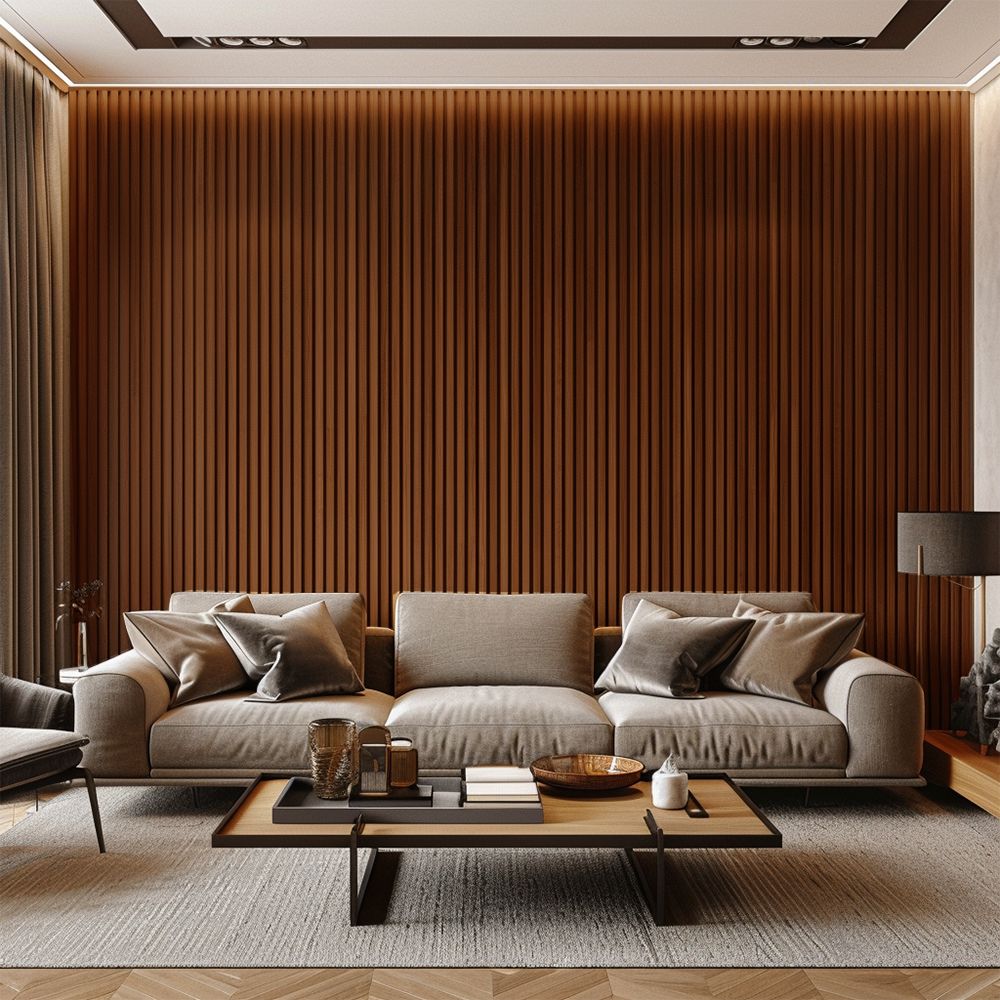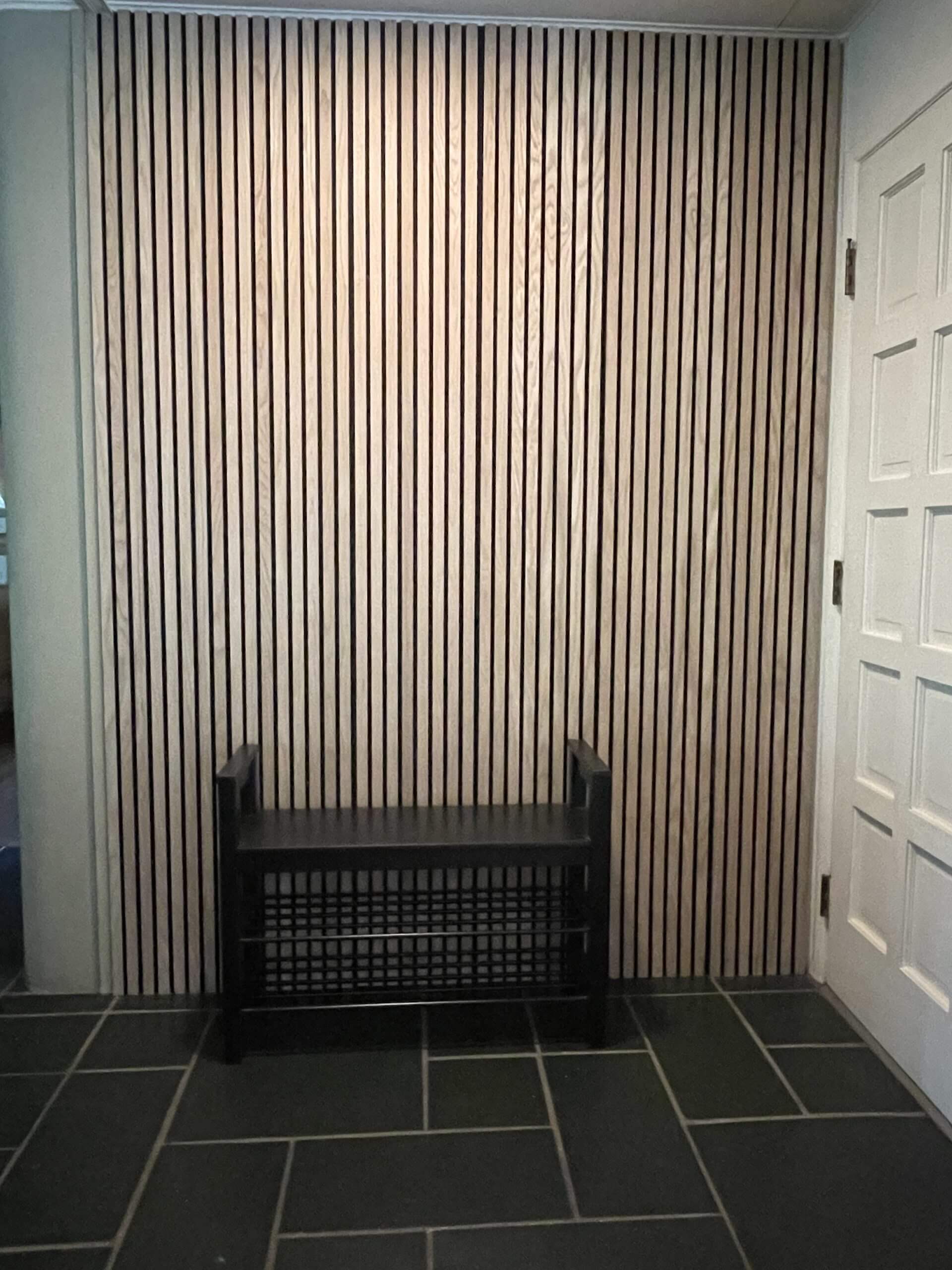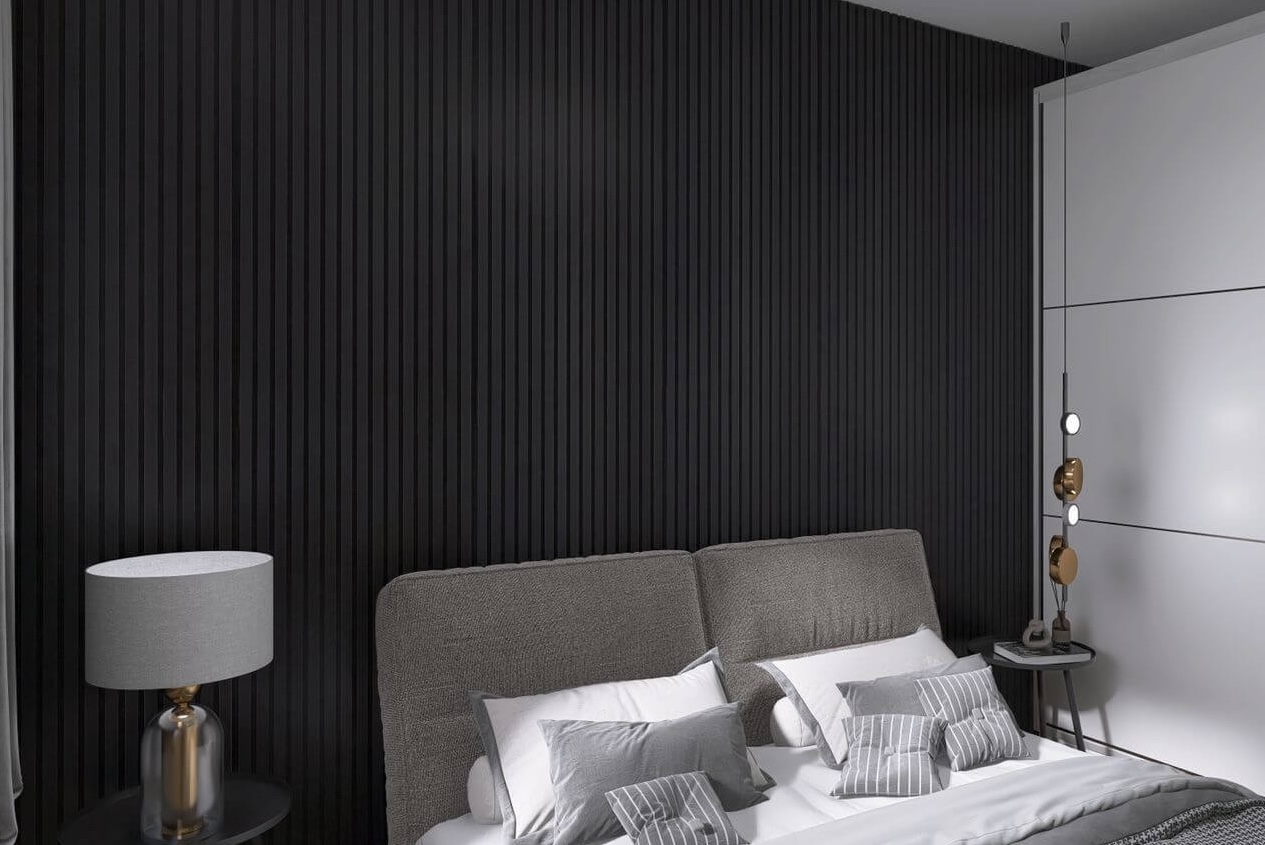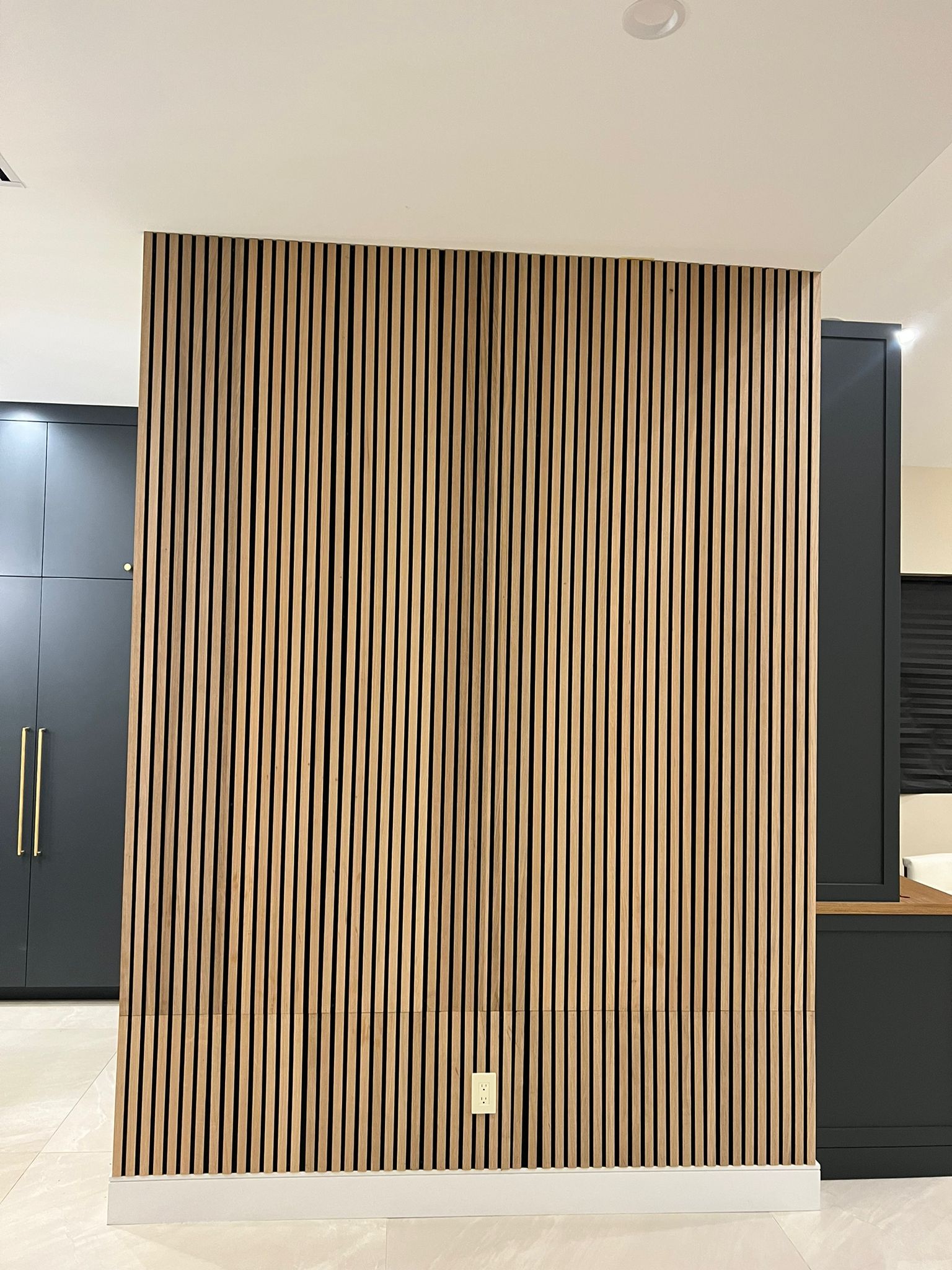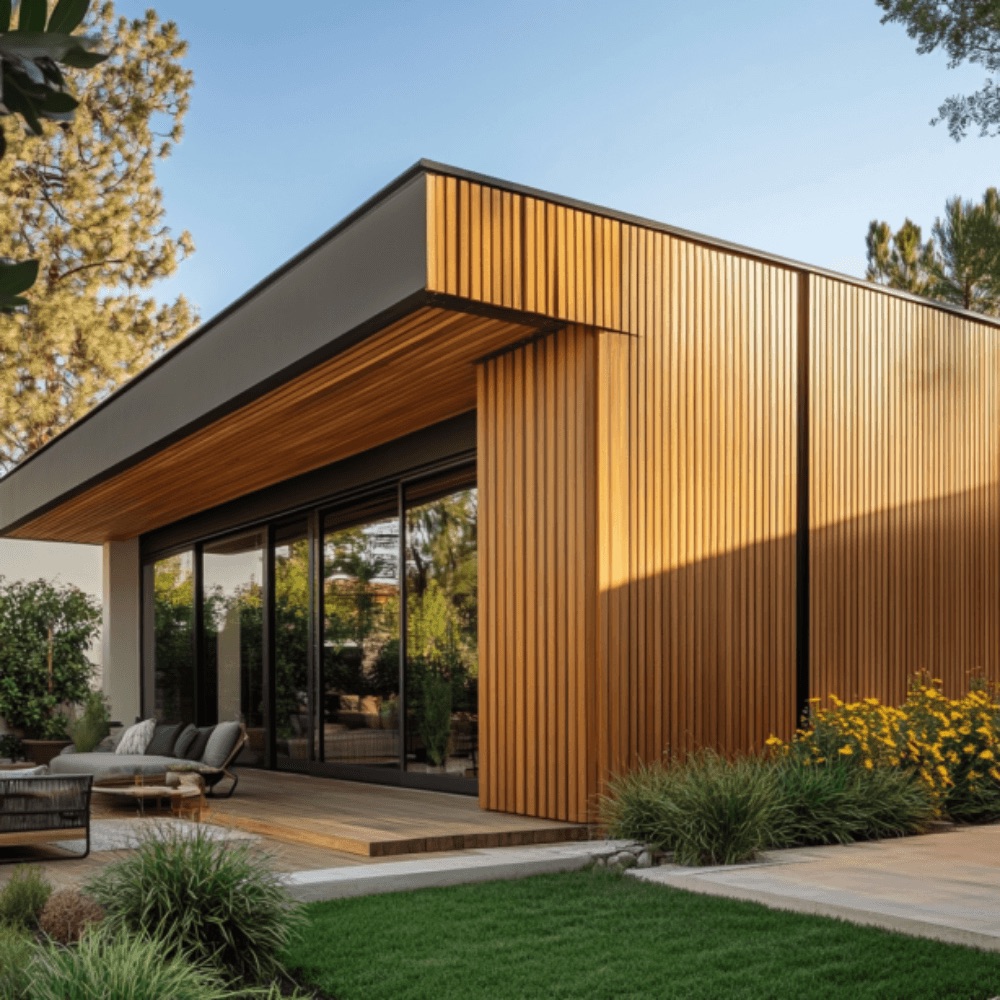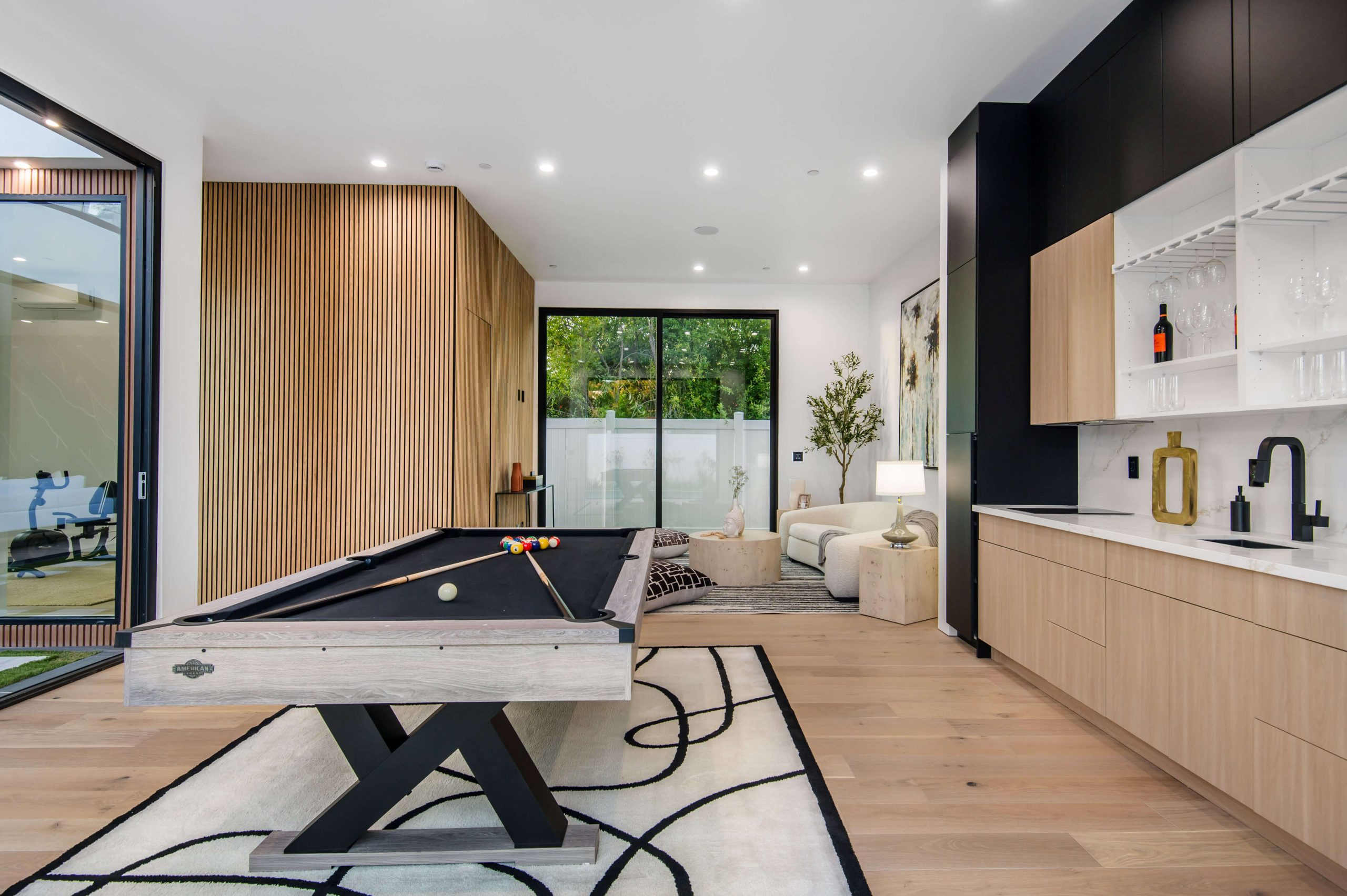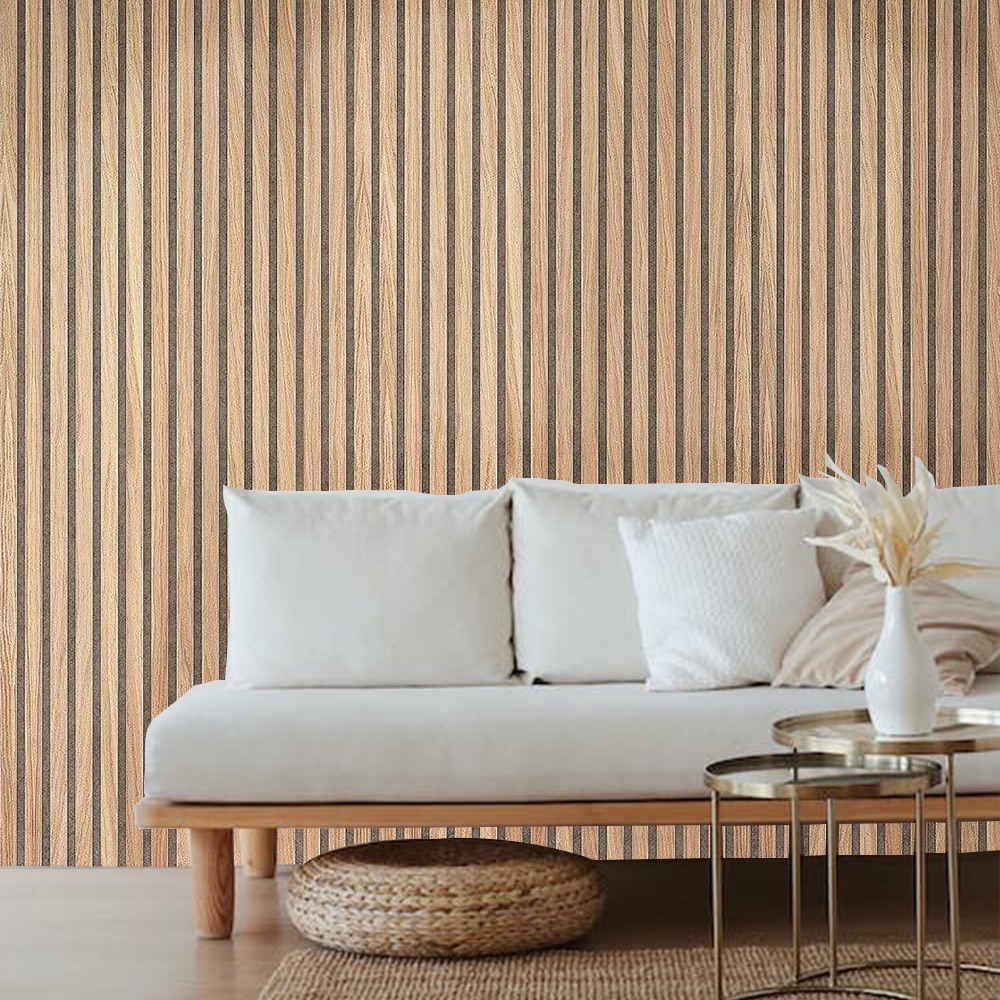Wood wall panels have become a staple in modern interior and exterior design, offering a range of aesthetic and functional benefits. Whether you’re a homeowner, designer, or contractor, understanding the common terms for wall wood panels will help you make informed decisions when incorporating these elements into your space. In this blog, we’ll break down the most popular terms used in the world of wood paneling, providing clarity and insight into their applications.
1. Surface
The surface of a wood panel refers to the visible, outermost layer. This is the part of the panel that contributes most to the overall look of your interior or exterior space. Surfaces can be made from a variety of materials, including natural oak wood, MDF wood veneer, or even wood-plastic composites (WPC) for outdoor use. Understanding the importance of surface materials ensures that you choose the right type of panel for durability, aesthetic, and functionality.
Surfaces are available in various finishes:
- Smooth finishes for a sleek, modern look
- Textured surfaces for a more rustic, natural feel
- Matte finishes to reduce glare and offer a subtle elegance
Selecting the right surface will define the overall appearance and longevity of your wall panels.
2. Slat
Slats are narrow, elongated strips often seen in modern and contemporary wood panel designs. These slats add depth and texture, making the walls visually appealing. Slats are typically made from materials like oak or other high-quality woods, contributing to the structural integrity and aesthetic appeal.
Slat walls are popular for their versatile applications:
- Interior design for feature walls
- Sound dampening when paired with acoustic materials
- Exterior siding for a modern, streamlined look
Adding slats can completely transform your space, giving it a modern, upscale feel while maintaining functionality.
3. Acoustic Felt
When we talk about sound absorption, acoustic felt is one of the most common terms for wall wood panels. This material, often integrated into wood panels, is designed to dampen noise, making it an excellent choice for areas where sound control is essential, like offices or entertainment rooms.
Some features of acoustic felt include:
- Superior sound absorption for quieter environments
- Eco-friendly materials, typically made from recycled fibers
- Durability in various climates and conditions
Choosing panels with acoustic felt will not only enhance the aesthetics of your space but also its acoustic comfort.
4. MDF Wood Veneer
MDF wood veneer is another popular term that refers to panels made from Medium Density Fiberboard. This engineered wood product is created by compressing wood fibers, resin, and adhesives under high pressure. MDF panels are prized for their durability and cost-effectiveness, often serving as a budget-friendly alternative to solid wood.
Benefits of MDF wood veneer panels:
- Uniformity with no grain or knots
- Smooth surface ideal for painting or layering with other materials
- Affordability compared to solid wood panels
MDF panels offer flexibility in design and are perfect for both traditional and modern interiors.
5. Real Oak Wood
When it comes to premium wall paneling materials, real oak wood is highly sought after. Known for its durability and timeless beauty, oak wood panels can be found in both residential and commercial spaces. Real oak is derived from oak trees, and its robust nature ensures long-lasting performance.
Key features of real oak wood panels:
- Strength and resistance to wear and tear
- Natural beauty with unique grain patterns
- Sustainability, as it is often sourced from responsibly managed forests
Oak wood panels add warmth and sophistication to any space, making them a top choice for many designers and architects.
6. Wood-Plastic Composite (WPC)
For outdoor applications, wood-plastic composite (WPC) is a term you’ll frequently encounter. WPC panels are made from a blend of wood fibers, plastic, and additives, resulting in a material that is weather-resistant and durable. These panels are perfect for exterior siding, offering a natural wood look without the maintenance associated with traditional wood.
Advantages of WPC panels:
- Low maintenance, resistant to rot and insects
- Weatherproof for outdoor environments
- Versatility in design, mimicking the look of natural wood
WPC panels are a great solution for those who want the beauty of wood without the upkeep, especially in outdoor settings.
7. Oxide Wood Panels
Oxide wood panels are a unique option in the world of wall paneling, combining natural wood materials with iron oxide pigments. This results in rich, earthy tones that bring a distinctive look to any space. Oxide panels are commonly used in rustic or industrial designs, where their organic aesthetic shines.
What sets oxide wood panels apart:
- Distinctive color variations created by iron oxide pigments
- Durability for long-term use
- Natural look that complements a variety of design styles
Oxide panels are perfect for adding a touch of the unexpected to your walls, making them a conversation piece in any room.
8. Outdoor Panels
When planning an exterior design, outdoor wood panels are essential. These panels are specifically designed to withstand the elements while maintaining their beauty and functionality. Whether you’re looking for WPC or other durable wood types, outdoor panels enhance the look of your home or commercial property.
Popular uses for outdoor panels:
- Siding for homes and buildings
- Exterior accent walls
- Garden structures or pergolas
Choosing the right outdoor panel ensures that your exterior space is both attractive and long-lasting.
FAQs
-
What is the best material for wall wood panels?
It depends on your needs. For indoor applications, materials like real oak or MDF wood veneer offer both durability and style. For outdoor use, WPC is ideal due to its weather-resistant properties.
-
Can I install wood panels myself?
Yes, many wood panels are designed for easy installation, making them suitable for DIY projects. However, for complex designs or large spaces, professional installation may be recommended.
-
Do wood panels require maintenance?
Indoor wood panels require minimal maintenance, while outdoor panels, especially those made from natural wood, may need occasional cleaning or sealing.

